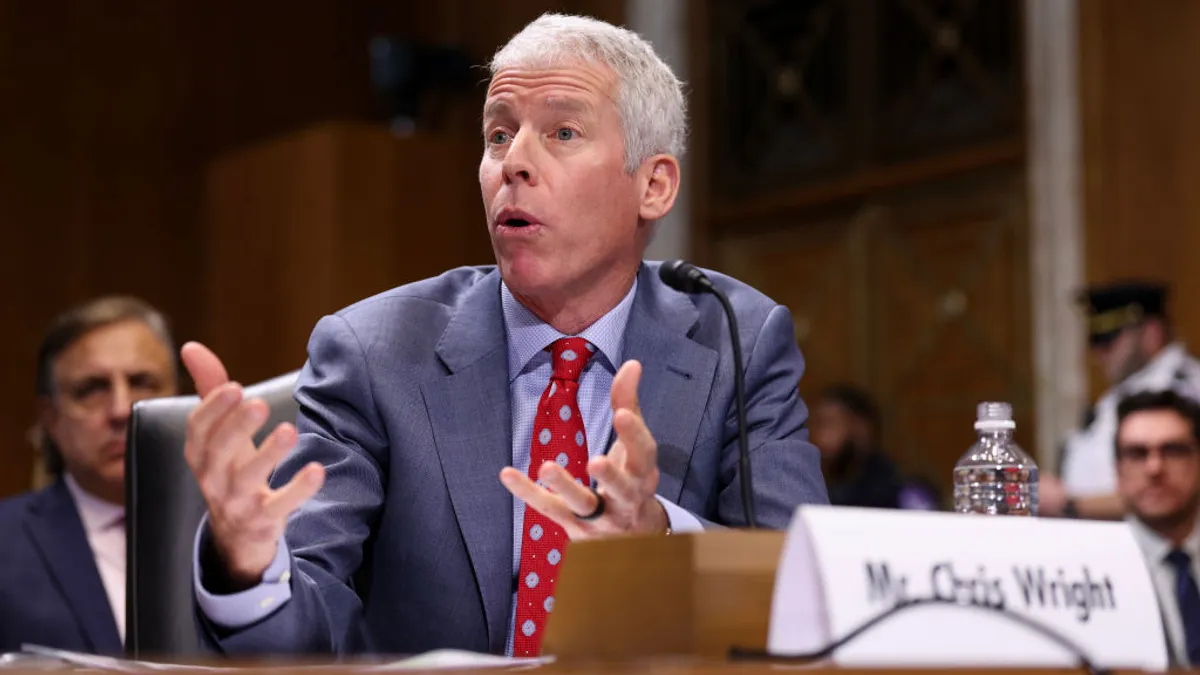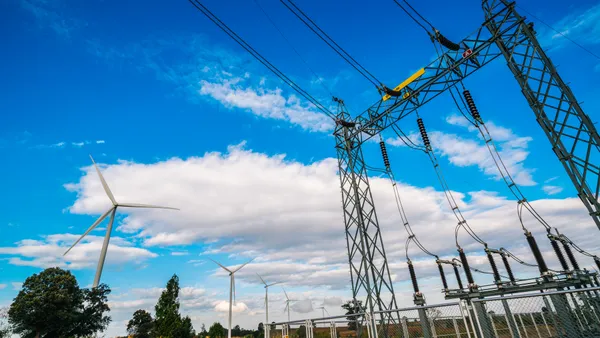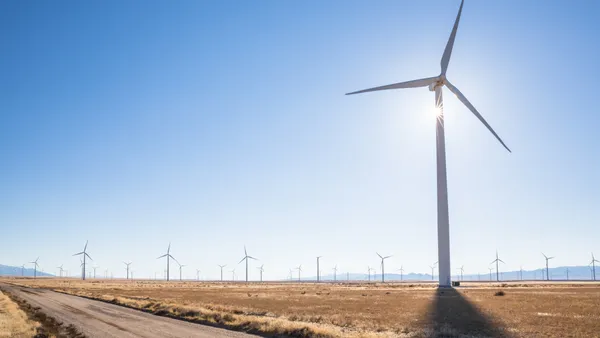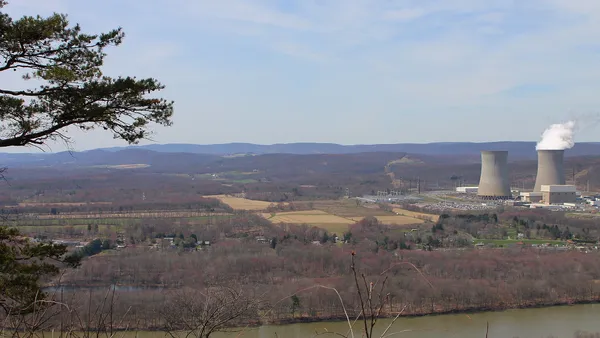Dive Brief:
- New analysis of the Clean Power Plan shows average U.S. electricity demand growth will decline from 0.61% to 0.31% annually, according to the North American Electric Reliability Corp. Annual growth rates have been declining for years, but NERC said the CPP would accelerate the decline.
- Combined wind and solar capacity will rise by an additional 10 to 20 GW over the next 15 years, while coal capacity will decline by up to 27 GW.
- NERC's analysis also showed the trading of allowances under a national trading program could result in more coal use and less natural gas use.
Dive Insight:
With or without the Clean Power Plan, the United States' generation mix is changing. But the Obama administration's rules on carbon emissions are accelerating the changes, according to new analysis by NERC. And the "accelerated transition" means a greater emphasis on how renewables and other resources provide essential reliability services, the reliability corp said, pointing to voltage control, load ramping and frequency response.
Without the Clean Power Plan, state standards and federal tax credits will help add 100 to 110 GW of renewable capacity between now and 2030. With the CPP, that capacity rises to 120 GW.
“NERC’s assessment shows that significant changes to the resource mix are occurring regardless of the CPP, but that the CPP accelerates some of these changes, underscoring a potential reliability challenge,” Thomas Coleman, director of reliability assessment, said in a statement. “Generation and transmission planners are encouraged to use this report and its findings to develop more localized studies for both generation and transmission adequacy.”
You can read NERC's "Potential Reliability Implications of EPA’s Clean Power Plan – Phase II" here.
Among its other findings, NERC said that without the new regulations consumption of coal use would increase by up to 300 TWh per year and natural gas generation would drop by up to 550 TWh, the result of coal prices and projected increases in natural gas prices.
But if the rule stays, NERC sees coal generation decreasing by up to 375 TWh and natural gas output increasing by up to 87 TWh as compared to present forecasts.
NERC also said the resource mix changes as a result of both the CPP and the industry's evolution will spur the need for additional regional transmission and pipeline infrastructure. Trading of allowances under a national trading program could result in more coal use and less natural gas use, the group said, as gas prices adjust the usage between coal and natural gas.
NERC said electricity and natural gas planners should "already have begun the processes to ensure adequate transmission lines and pipelines can be built in a timely manner to support the rule’s resource mix changes," and suggested planning coordinators and transmission planners work closely with states to provide clear guidance on projects.














